Tag: by Barnard & Gibson
George Barnard and James F. Gibson, who worked together for Mathew Brady.
Wikipedia says: George Norman Barnard (1819–1902) was born in Coventry, Connecticut, and as a child moved to upstate New York. After a brief career in hotel management, he opened a daguerreotype studio in Oswego, New York, becoming nationally known for his portraits. It is not known where Barnard learned his trade. On July 5, 1853, Barnard photographed the conflagration at the Ames flour mills in Oswego, producing what may be the first American “news” photograph. In 1854 he moved his operation to Syracuse, New York, and began using the wet-plate collodion process. In 1859, Barnard joined Edward Anthony’s firm. At the outbreak of war, Barnard was working for Mathew Brady in Washington D.C. and New York City. Barnard, besides doing portraits and photographing the troops around Washington D.C., was among Brady’s initial corps of photographers, who were sent into the field to photograph the battlefields of Northern Virginia, and the Peninsula, including Bull Run and Yorktown, as well as Harper’s Ferry. Barnard is best known for his 1866 masterpiece, Photographic Views of Sherman’s Campaign, which contains 61 Imperial size, albumen prints embracing scenes from the occupation of Nashville, the great battles around Chattanooga and Lookout Mountain, the campaign of Atlanta, the Great March to the Sea, and the Great Raid through the Carolinas. He continued to photograph after the war, operating studios in Charleston, S.C. and Chicago. His Chicago studio was destroyed by the historic fire of 1871. In 1880 Barnard sold his Charleston studio and moved to Rochester, New York. From 1881 to 1883 he was the distinguished spokesman for George Eastman’s line gelatine dry plates. Barnard ventured into his own short lived dry plate manufacturing concern with Robert H. Furman in 1882–83. In 1884, the Barnards moved to Painesville, Ohio and opened a studio with partner, local artist Horace Tibbals, which utilized their own manufactured dry plates. In 1888, George closed his business and his family moved to Gadsden, Alabama. In 1892, he moved for the last time to Cedarville, near Syracuse, New York, where he maintained his interest in photography, taking pictures of friends and family, and taking yearly class pictures of the school children. George Barnard died on February 4, 1902 at the home of his daughter, in Onondaga. He was 82. He is buried in Gilbert Cemetery in Marcellus, New York.
Wikipedia says: James F. Gibson (1828/29–?), perhaps the least recognized of the war’s most significant photographers was also one of the least known.[23] In 1860, Scotsman Gibson’s name appeared with that of his wife Elizabeth in the Washington D.C. census, and the city directory showed that Mathew Brady employed him. Gibson may have emigrated to America with Alexander Gardner, who was also from Scotland. Gibson’s first documented trip into the field was when he accompanied George N. Barnard to the Bull Run battlefield in March 1862. He worked with Gardner at Gettysburg and partnered with him at Sharpsburg, but Gibson’s own greatest legacy was the wide array of photographs he took while on the Virginia peninsula, in particular his poignant, landmark photo of the wounded at Savage Station, Virginia. Several years after the war, before a court could rule on Gibson’s 1868 civil suit against business partner, Mathew Brady (Gibson also sued Gardner), he heavily mortgaged Brady’s failing Washington Gallery, which he partly owned (50%) and managed from Sept. 1864, left for Kansas with the cash, and was never heard from again.
Showing 1–16 of 28 results
-
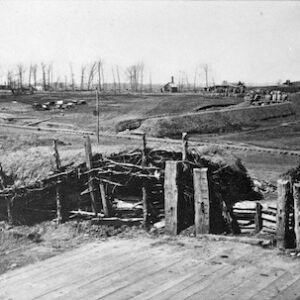
Image ID: ABGJ
$3.99 -
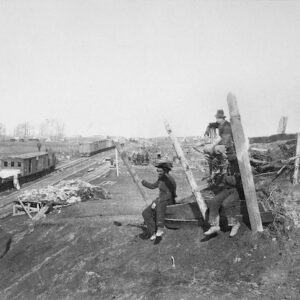
Image ID: ACVS
$6.99 -
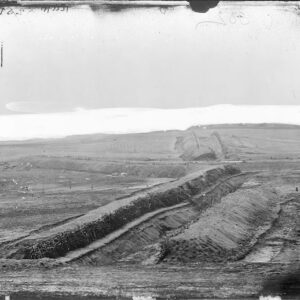
Image ID: AFDN
$4.99 – $6.99 -
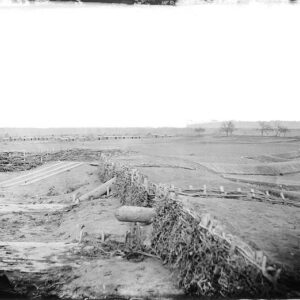
Image ID: AIFY
$4.99 – $6.99 -
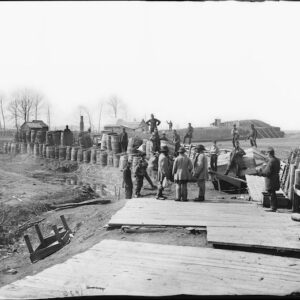
Image ID: AIJX
$6.99 -
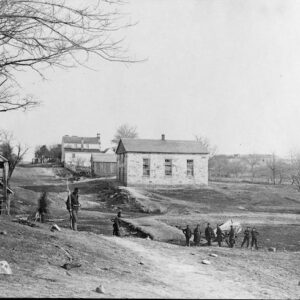
Image ID: AIKU
$5.99 -
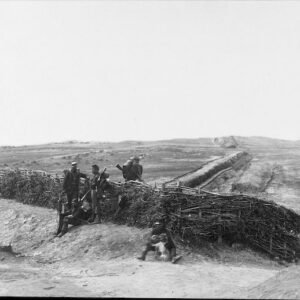
Image ID: AILE
$6.99 -
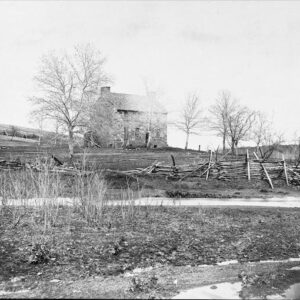
Image ID: AIMH
$6.99 -
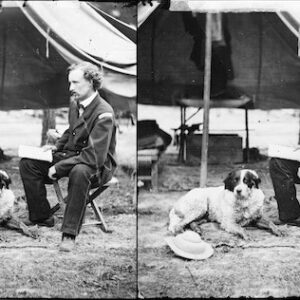
Image ID: AKPU
$6.99 -
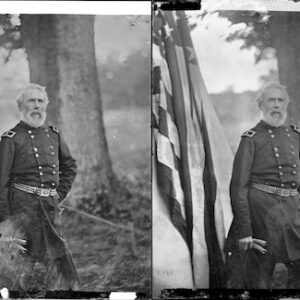
Image ID: AKPV
$6.99 -
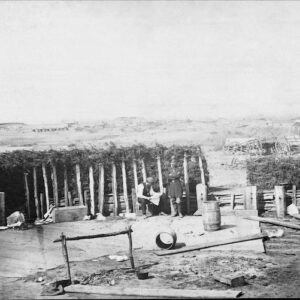
Image ID: AMCG
$1.99 -
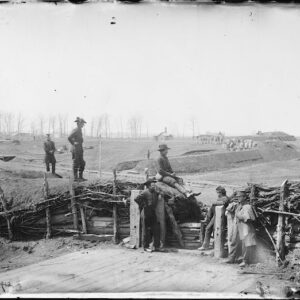
Image ID: AMCH
$6.99 -
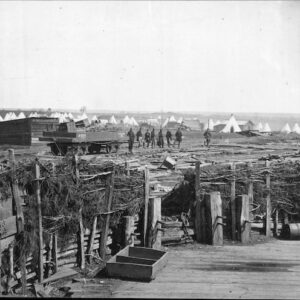
Image ID: AMCI
$1.99 -
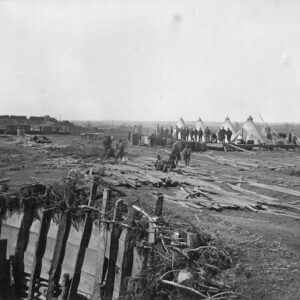
Image ID: AMCJ
$1.99 -
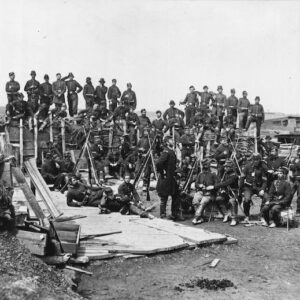
Image ID: AMCK
$1.99 -
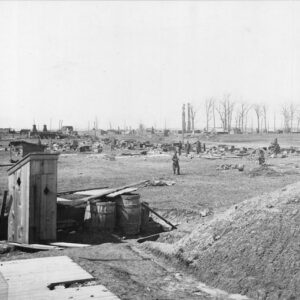
Image ID: AMCL
$1.99